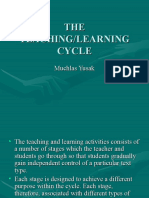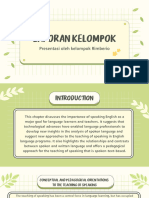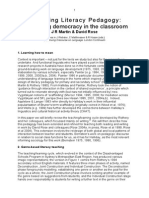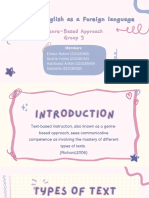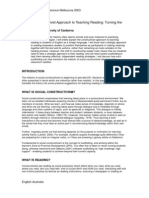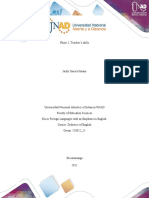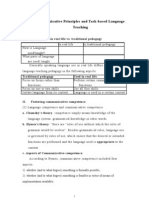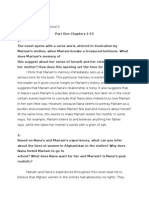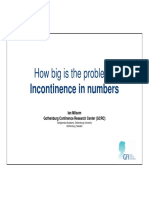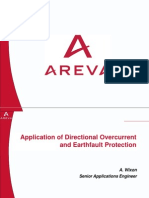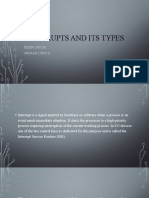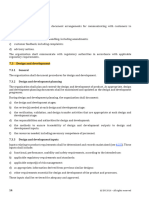0% found this document useful (0 votes)
202 views4 pagesLanguage Teaching with TBI
The document discusses the text-based instruction approach to teaching language. It defines TBI and explains that it focuses on teaching students about text structures and genres. It then describes the 5 phases of implementing TBI: building context, modeling/deconstructing texts, joint text construction, independent text construction, and linking to related texts.
Uploaded by
Den Doro Raden AyuCopyright
© © All Rights Reserved
We take content rights seriously. If you suspect this is your content, claim it here.
Available Formats
Download as DOCX, PDF, TXT or read online on Scribd
0% found this document useful (0 votes)
202 views4 pagesLanguage Teaching with TBI
The document discusses the text-based instruction approach to teaching language. It defines TBI and explains that it focuses on teaching students about text structures and genres. It then describes the 5 phases of implementing TBI: building context, modeling/deconstructing texts, joint text construction, independent text construction, and linking to related texts.
Uploaded by
Den Doro Raden AyuCopyright
© © All Rights Reserved
We take content rights seriously. If you suspect this is your content, claim it here.
Available Formats
Download as DOCX, PDF, TXT or read online on Scribd
/ 4


